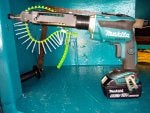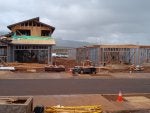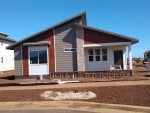Hey folk. I'm old school - I've got most every tool in the book EXCEPT an impact driver. I've been trying to make up a good excuse to buy an impact driver, but so far I just haven't needed one (at least not much). The only thing that I can think of that I may be doing (around the house) in the near future is hanging some drywall and maybe a few steel studs.
My question is: Which is better (more preferred): a drill or impact driver for A) drywall, and B) for steel studs (self-tapping screws)?
Thanks much.
My question is: Which is better (more preferred): a drill or impact driver for A) drywall, and B) for steel studs (self-tapping screws)?
Thanks much.










